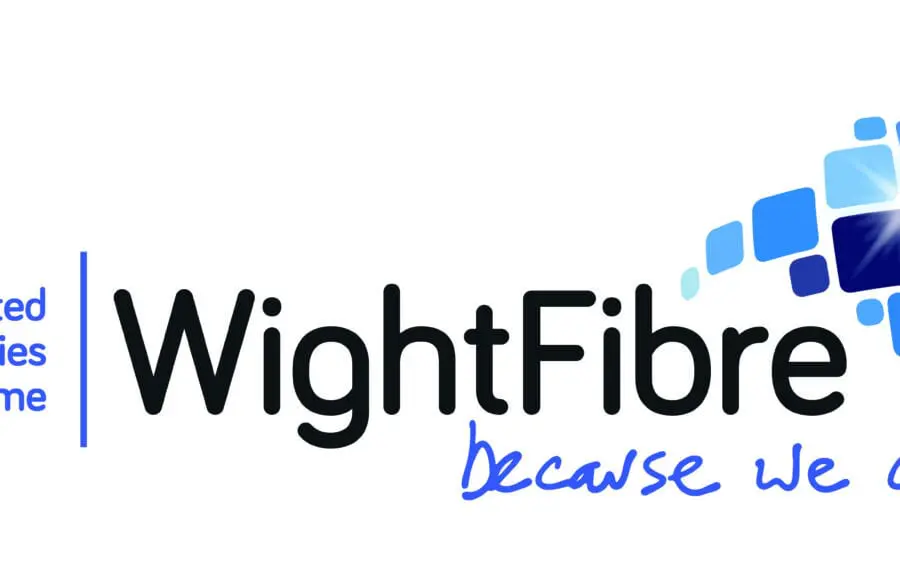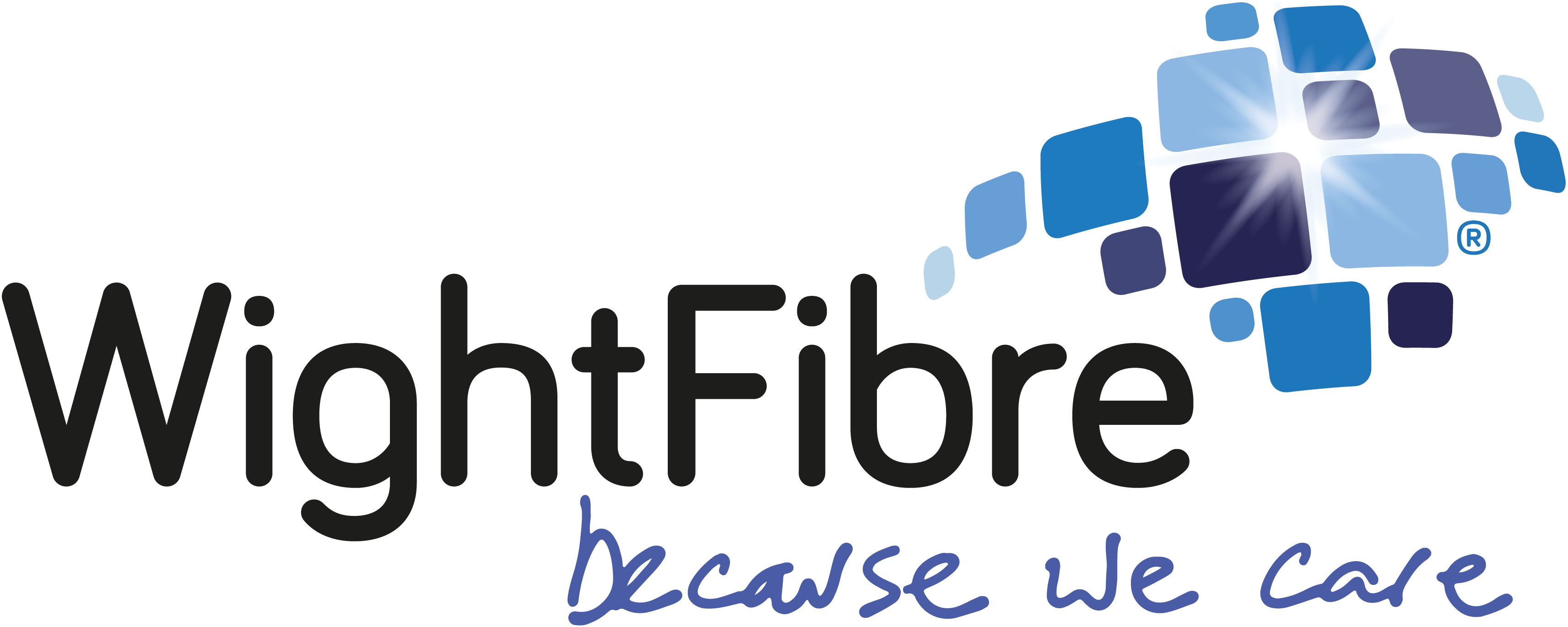Bridging the AI Education Gap
In the last 18 months, AI (Artificial Intelligence) has reshaped what we thought was possible, promising a new way of thinking that might change how we learn and teach. Yet, much like any other technological leap, there is a mix of excitement about what could be and fears regarding what it is already capable of doing. A recent report by Internet Matters explores the perspectives of children and parents on generative AI in education, revealing a notable divide in attitudes and a pressing need for better communication and support from schools. This blog explores this report and looks at the issues that children and parents may have over AI and what can be done for the future of education.

Before going over the effects of generative AI on education, it important to establish what AI is and what it can do. AI is a machines ability to perform certain tasks that would typically require human knowledge and logic, where as Generative AI is a form of AI which can produce its own original text, images and audio. Generative AI has been integrated into our lives for a significant amount of time already, with devices such as Amazons Alexa and Apples Siri being a part of peoples day to day lives since the early 2010’s. These technologies could understand voice commands to complete simple tasks. Although this technology isn’t new, recent advances along with greater accessibility has made generative AI models more accessible to the general public. The most widely known of these models is Open AI’s Chat GPT, which can understand human input, whilst also producing human like responses.
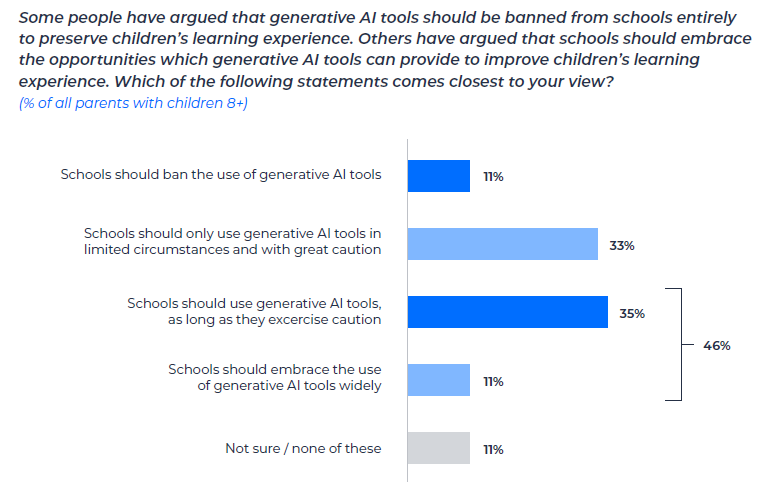
About 35% of children from the report view AI positively, treating it as something useful that can make their experience even better. 44% of Children were usually more interested in what AI could do to help them with their homework and schoolwork. Particularly, this trend occurred more in teens around 13-14, with over half using AI actively in daily school activities. Parents seem to be less excited, with around 16% of parents being excited for the use of AI, and with 34% of parents expressing concerns about the increased role of AI in their children’s lives. According to the report, more than half of both parents and children say they are not sure that AI’s role will turn out to be positive or negative.
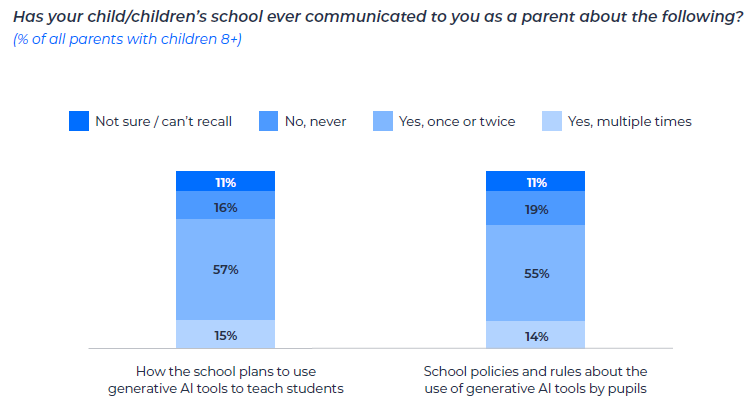
One of the most striking findings in the report is the communication gap between schools and parents. The report states that around 60% of parents have received no information from their child’s school about how it is integrating AI into teaching which might feed parental fears and doubts. Clear communication from schools about the uses of AI is important in alleviating fears and show the potential it has on supporting children’s learning. A significant role that the AI can play that can help teaching is how it can support vulnerable children in learning. Such children often rely on AI to overcome learning barriers or unsatisfactory support within traditional classroom settings. This, however, does point to a broader issue: the need for a diversified approach at this level to suit different learning needs.
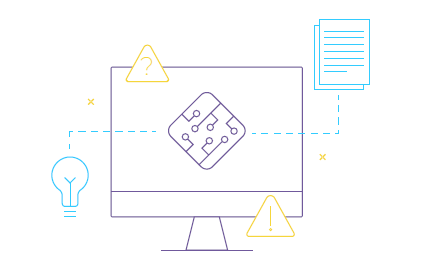
Overall, the journey to integrate AI into education has only just begun. The approach ahead needs to be collaborative while a more comprehensive support and guidance paper is also needed to know its full effects. AI allows for a few well-chosen prompts to produce a complete essay or the generation of an image, easily changing how we produce and share content online. It is a powerful tool that we simply do not have enough knowledge on currently to say what it’s full impact will be on education.
AI can make learning better for all children, no matter where they come from. It can change to fit each child’s way of learning and give extra help if needed. However, more long-term research on AI will be important into fully understanding the implications for families and education. Schools should urgently be provided with training and guidance on the use of such AI systems, and to encourage schools to articulate this use with parents. Finally, we need to ensure that every child has access to these technologies and the internet, enabling them to fully utilise their benefits.
The full report from Internet Matters titled ‘Artificially Intelligent? Children’s and parents’ views on generative AI in education’ can be accessed below if you are interested in reading further.



